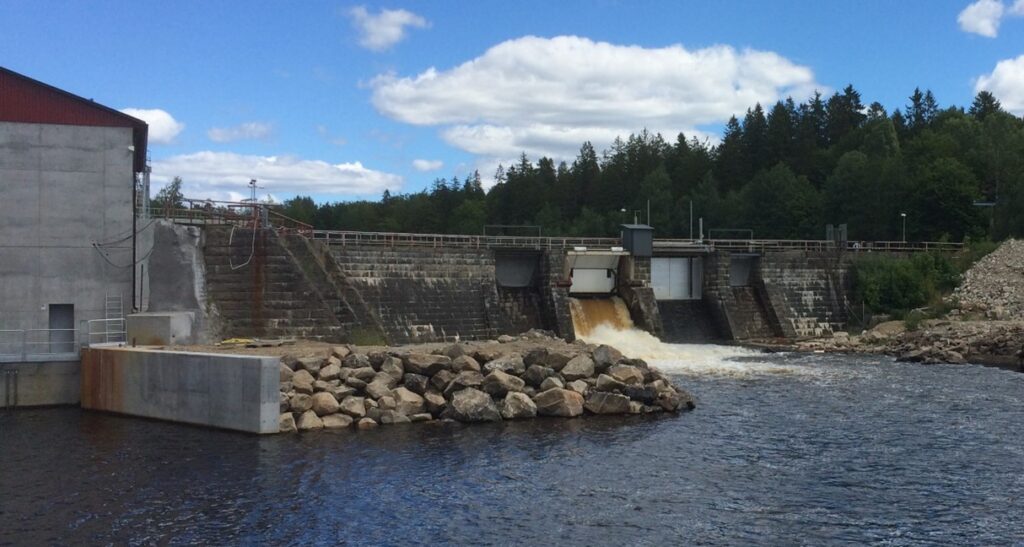
How clean is actually a process water? Do the industrial processes work as planned or does biology cause problems such as surface growth, clogging or even illness? Can the water be used/released or do you get problems with invasive species or other kinds of unwanted microbial contamination? ATP kan ge svaret.
A very clever way to answer this type of questions is therefore by measuring adenosine triphosphate (ATP) which are the energy molecules of cells and therefore exist in all living organisms. Simply described, ATP is formed in the mitochondria of the cells via sugar from the food we eat. The molecule consists of adenine, ribose and three phosphate groups. When one of the phosphate groups is released, so is energy that the cells need for their different life supporting functions. ADP (adenosine diphosphate) is formed, which in turn can be reformed into ATP with a new phosphate group. In this way, ATP is reused many times in each separate cell.

A luminometer is a supersensitive instrument that can measure ATP i fresh samples. The method uses the enzyme luciferase, found in organisms that are bioluminiscent, i.e. can glow, such as “blue tear” dinoflagellates or fire flies. Luciferase uses ATP to convert the substance luciferin, which after conversion quickly returns to its´original form while emitting light photons. The emitted light from this process is measured and the light intensity is proportional to the amount of ATP in the sample.
The method is supersensitive! ATP from five bacteria or one single eucaryotic cell is enough to detect these with the help of a luminometer. In other words, the method can, in a very exact way, answer the question whether a cleaning process functions well enough. It can also be used in methods development to improve a cleaning process until there are principally no cells at all. This is our most sensitive method at Industridoktorn, which we invested in to study ballastwater cleaning, develop enironmentally friendly biocides, detect emerging growth on new paint, guarantee completely clean surfaces or evaluate the effect of different washing procedures. If you have an application with similar needs, contact Susanne Ekendahl.
